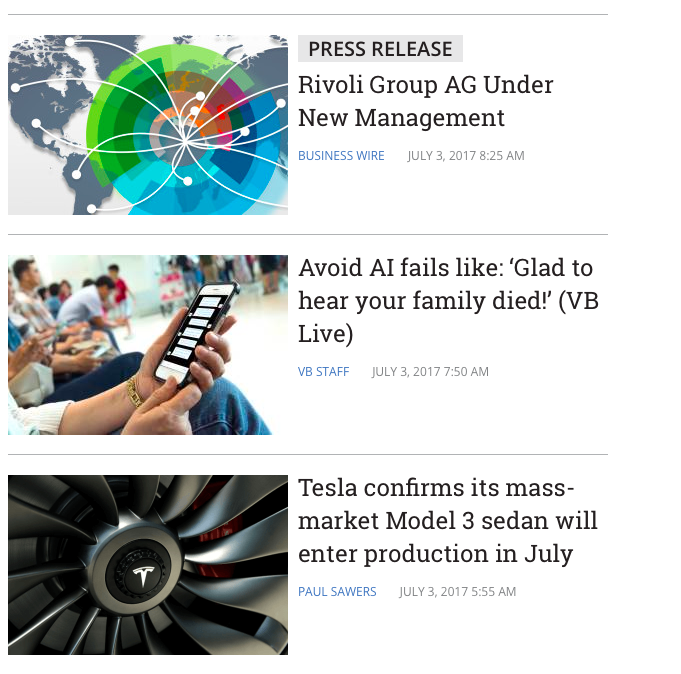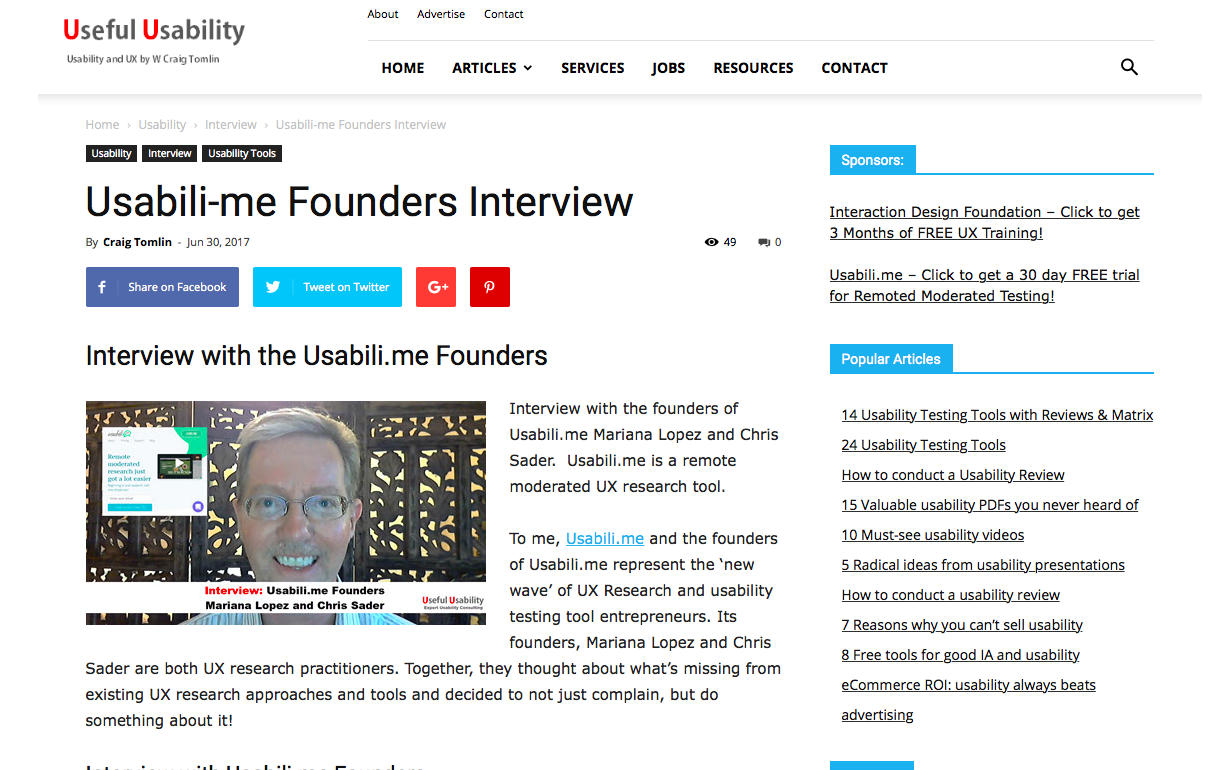Obtaining earned media for smaller and, even mid-sized, technology brands has become harder and harder to sustain in today’s media market. In a white paper we wrote a couple years back, we equated getting covered in TechCrunch to scaling Mt. Everest. It can be done, but it’s hard, and a lot of things have to go your way for you to succeed.
The reasons are pretty obvious: there are fewer journalists than ever, more brands are competing for editorial space, and social networks are stealing an increasingly larger share of brand advertising dollars from traditional media outlets.
Unless you happen to work for a global technology brands like Apple, Amazon or Google, getting the interest of journalists in any sustainable way is virtually impossible. In short, it’s a pretty dire situation for PR agencies and their SMB tech customers. But all is not doom and gloom. There are ways to offset the challenge posed by today’s earned media realities.
Sponsored content grows in popularity
With the loss of media outlets and increased competition for editorial space, many smaller and mid-level tech brands look to sponsored content as a way to keep a sustained media presence. The simple fact is a majority of SMB tech brands lack enough newsworthy stories to consistently break through the noise. Further proof of sponsored content’s growing popularity comes from the 2017 B2B Content Marketing report from Content Marketing Institute and MarketingProfs, which says that 41% of US B2B companies used sponsored content (including native advertising). That’s not to say you should jettison earned media. There are still many opportunities to grab your fair share of news coverage: product launches, company milestones, executive hires, geographic expansion, etc. They simply need to be part of a larger media strategy.
Sponsored content provides a way to get, and keep, your key messages in front of a highly-targeted audience. With any luck, you may see your earned media and sponsored content placed in the same media outlet, providing you with an even greater brand boost and stream of inbound web traffic.
Here’s one example of a kind of sponsored content is this press release on VentureBeat, which is purchased as part of a wire distribution package through Business Wire.

In short, with a fairly predictable cost, sponsored content gives you far more opportunities to get in front of a desirable audience than if you were to only pursue earned media. Granted, many will view a sponsored post differently than they would an actual article written by a journalist. That’s why it’s important to layer your earned media outreach with sponsored content rather than rely solely upon it.
Kinds of sponsored content vary
There are many kinds of sponsored content for companies to leverage. One approach is to have the media outlet produce content that fits your brand image. This should not be confused with an advertorial, which is content created by the brand (or its ad agency) and mimics editorial content but with a more pronounced sales pitch. Advertorials have a negative connotation in many consumers’ minds and are often viewed as more deceptive than other forms of sponsored content.
Some forms of sponsored content may go by the term of native advertising, which endeavors to provide content that mirrors the editorial content of the publisher, yet still has an overall thematic connection to the brand or its marketing campaign. Take the example of this article, Via an Island of Hope, a New Home, which was created for the New York Times by the outlet’s T Brand Studio group. It tells a story of immigration to America and the traditions of American hospitality on behalf of Airbnb, which provides a call-to-action at the very end. The story itself, however, is not laced with references to Airbnb and even functions 100% on its own.
Having a story custom developed for you on the New York Times is not a luxury many SMB tech companies can afford. There are other, more affordable sponsored content options that offer practical ways to get your message in front of a highly targeted audience. For instance, we recently helped a client of ours that just launched a user experience research solution get an interview in an influential industry blog called Useful Usability (see below). It may not have the production value of a NYT native ad, but it provided our client with a chance to get in front of the very audience it hopes to reach.

Potential pay off
Chief among the benefits of sponsored content is that it’s highly measurable. Traffic originating from a sponsored post or native ad will show up on whatever analytics solution you employ to track your website traffic. You can easily determine the behavior of the inbound traffic: what pages (products / services) are most popular, how much time is spent on the website, how effective your site is at converting traffic into leads.
Sponsored content can also benefit your search engine optimization strategy. For those posts that are ‘permanent,’ it counts as a valuable and long-lasting backlink to your website from a relevant and undoubtedly highly-trafficked site. After all, even 2nd and 3rd tier content publishers generate a healthy amount of content or they wouldn’t be in business.
As a branding exercise, sponsored content excels at keeping your brand top-of-mind among your target audience. As mentioned before, most SMB tech companies find it challenging to have a constant stream of stories published in the news media. Sponsored content keeps your brand name front-and-center for a fairly predictable monthly fee.
A final benefit is that the traffic you generate from a sponsored post, especially one placed in a publication addressing an industry vertical, will more often consist of future potential leads. While not bottom-of-the-funnel leads, these are nonetheless leads that will be inclined to respond to future drip marketing campaigns.

